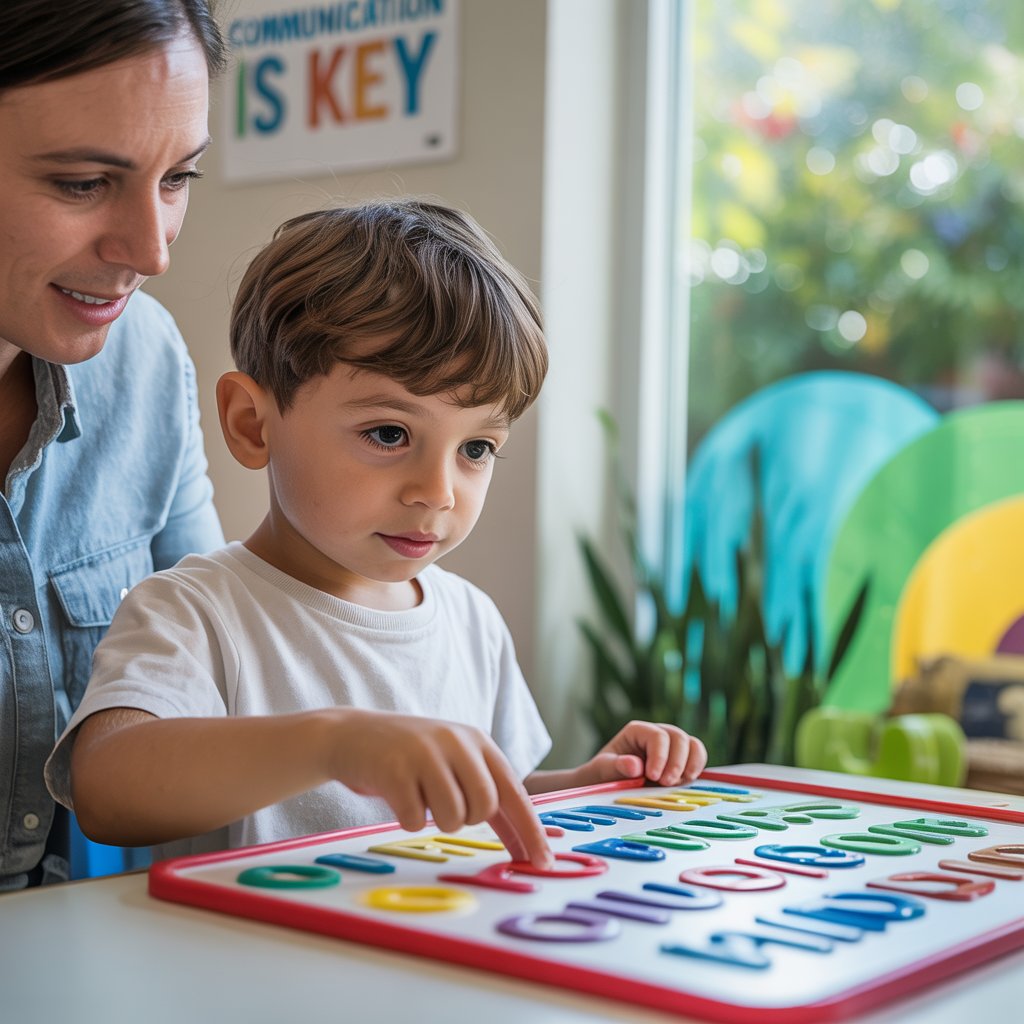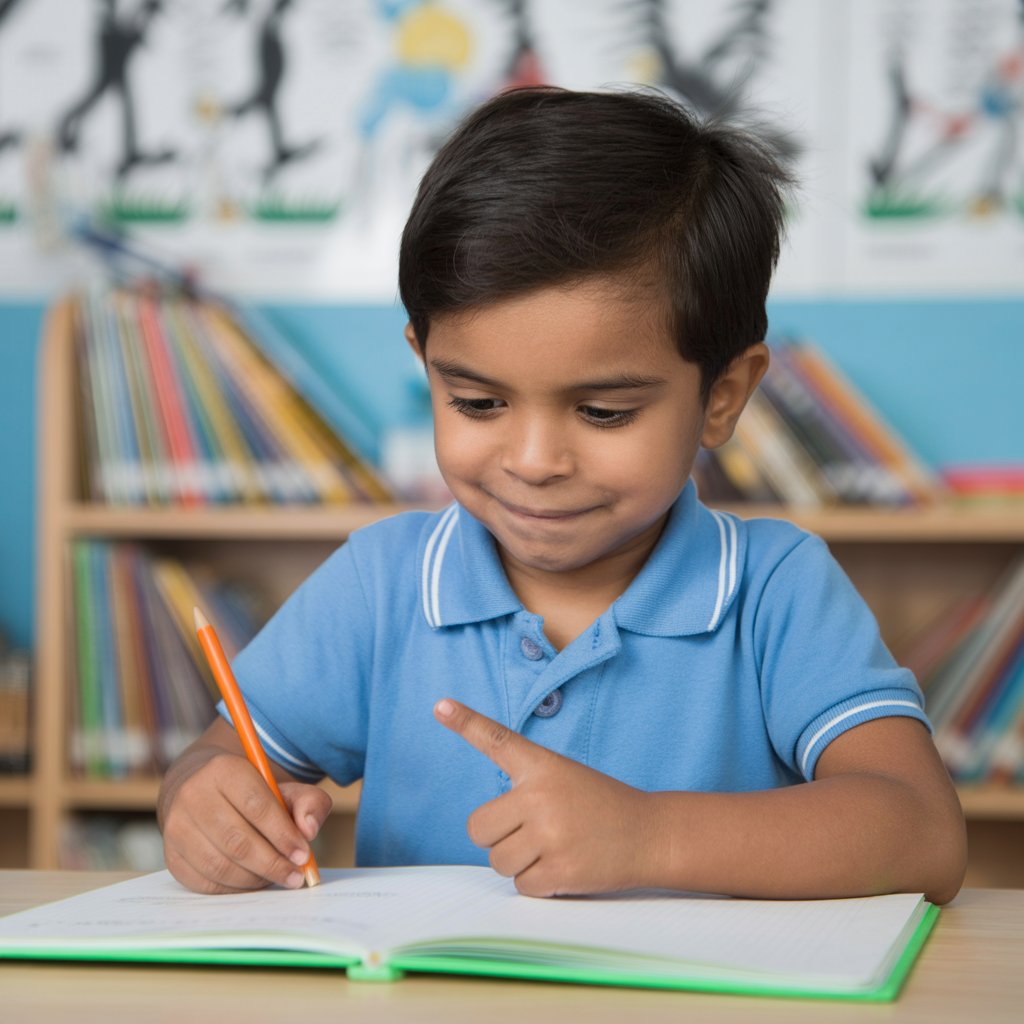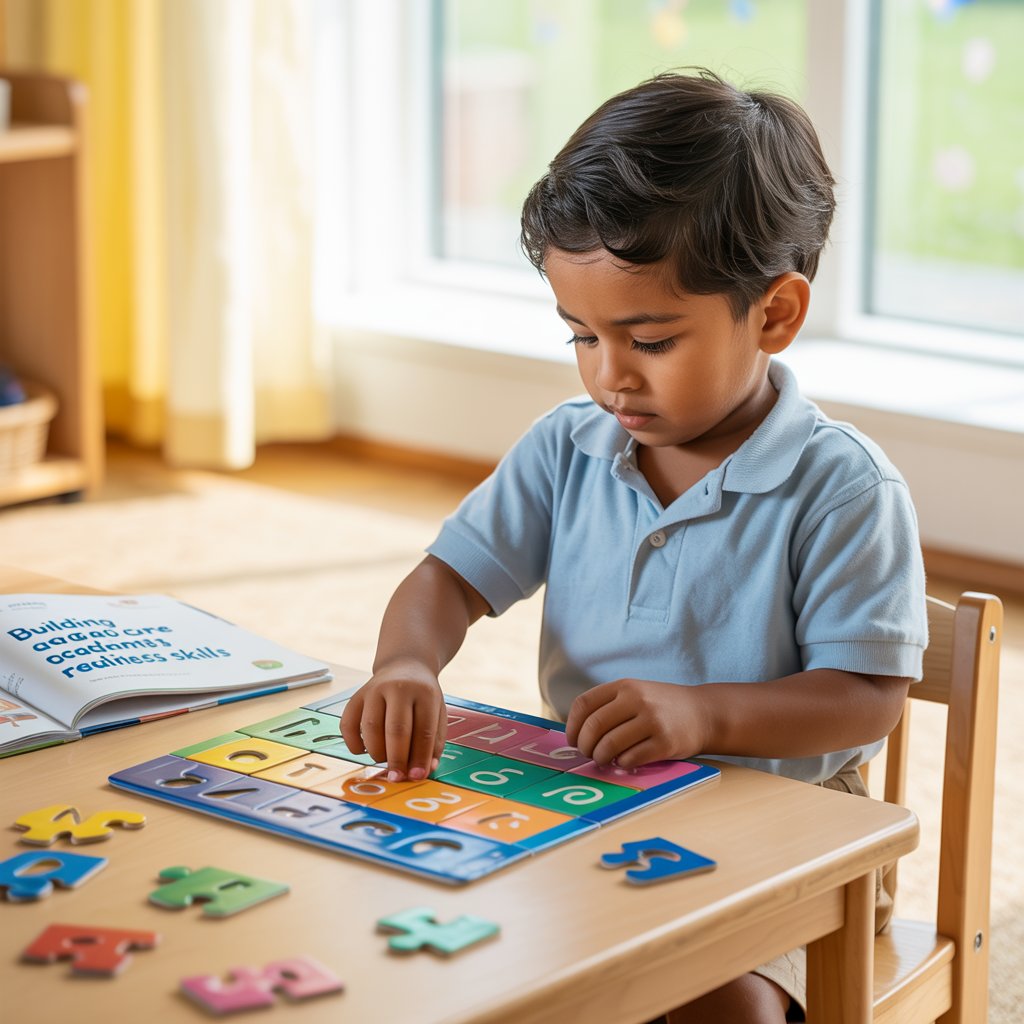Celebrating Progress and Managing Expectations
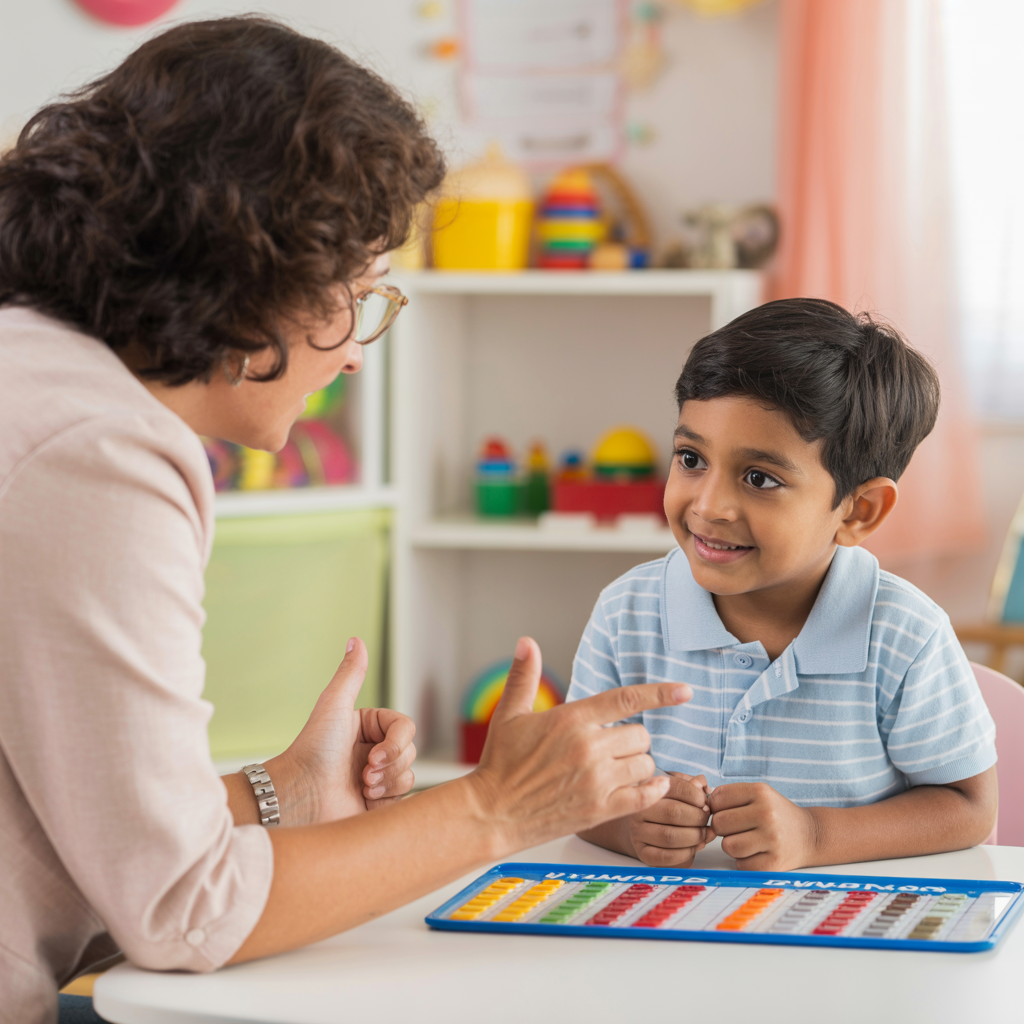
Recognizing and acknowledging small improvements
The journey of developing fine motor skills in autistic children isn't always marked by giant leaps—it's the tiny steps that truly matter. When your child successfully holds a crayon for five seconds longer than before or attempts to zip up their jacket independently, that's worth celebrating!
Create a "wins journal" where you document these micro-achievements. On tough days (and there will be tough days), flip through this journal to remind yourself how far your child has come. Take photos or videos of these moments—visual evidence of progress can be incredibly motivating for both you and your child.
Understanding the unique timeline of development
Every autistic child develops at their own pace. Period. Comparing your child's progress to neurotypical peers or even other autistic children only adds unnecessary stress.
Think of development not as a straight line but as a constellation—unique patterns that eventually connect. Some children might master holding scissors before they can manage a spoon. Others might develop amazing precision with tablet games while struggling with buttons.
Some weeks might bring rapid improvement, followed by plateaus that seem to stretch forever. This isn't regression—it's often consolidation, where their brain is processing and internalizing new skills before the next growth spurt.
Adjusting strategies based on the child's responses
Reading your child's cues is critical. Are they:
- Getting frustrated? Scale back the difficulty level.
- Seeming bored? Add a sensory element or incorporate their special interest.
- Becoming overstimulated? Simplify the environment or take a break.
- Showing pride in accomplishment? Build on that momentum!
The best therapy happens when your child is engaged, not when they're checking out. Switch activities before meltdowns occur, not after. Remember that resistance doesn't always mean inability—sometimes it indicates sensory discomfort or anxiety about failure.
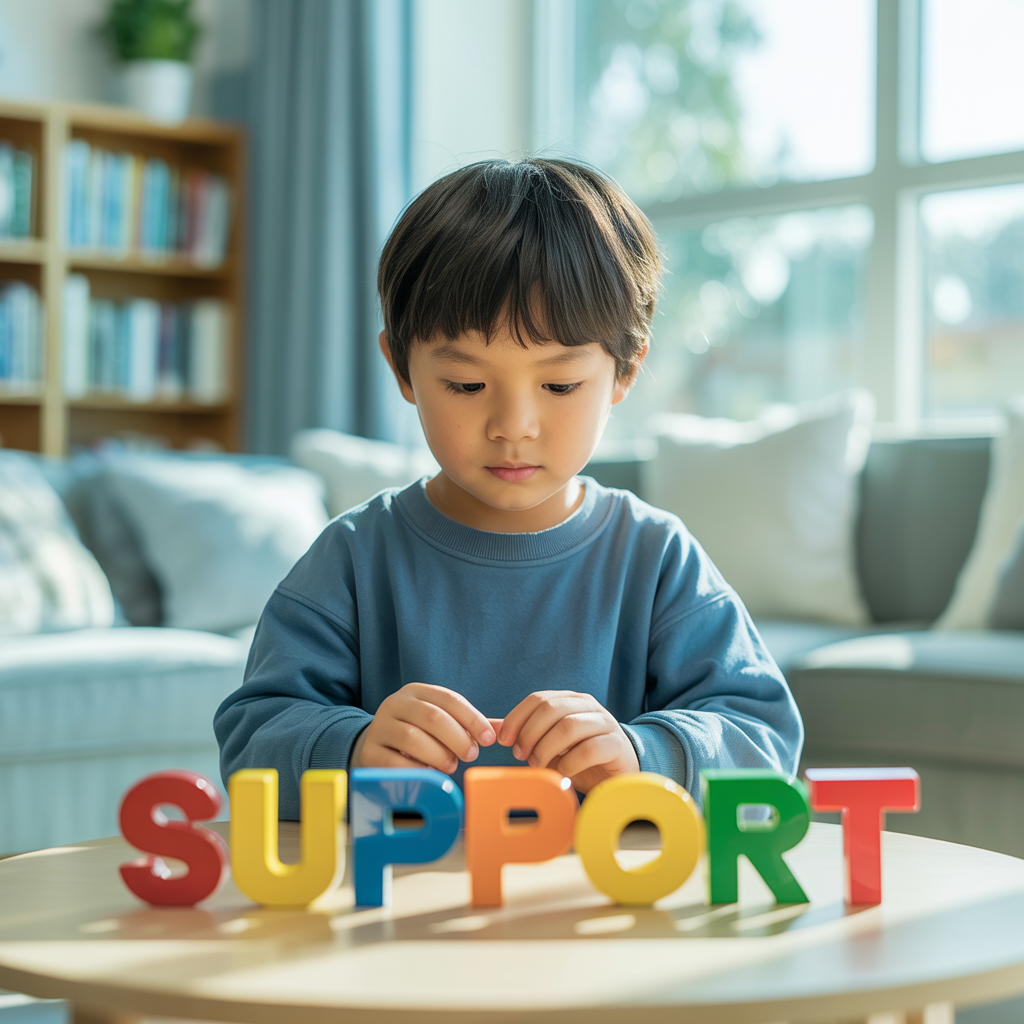
Building confidence through success-oriented activities
Nothing builds skills faster than confidence. Create a "success ladder" for each skill:
- Start with something your child can already do
- Add a tiny challenge they can overcome with minimal help
- Gradually increase difficulty as they master each step
- Circle back to earlier successes when introducing new challenges
For example, if button manipulation is the goal:
- Begin with large buttons on a practice board
- Move to buttoning/unbuttoning your shirt while they watch
- Help them button one button on their own shirt
- Gradually decrease your physical guidance
Celebrate effort over outcome. "You tried so hard!" carries more developmental weight than "Good job!" because it reinforces persistence, not just success. When your child feels safe to try and fail and try again, motor skills develop more naturally and joyfully.
Supporting your child's fine motor development is a fundamental step in empowering them to navigate the world with greater independence and confidence. Through targeted activities, consistent practice, and collaboration with professionals, you can help your autistic child strengthen their fine motor abilities at their own pace. Remember that each small achievement—whether it's buttoning a shirt or drawing a picture—represents significant progress that should be celebrated.
As you continue this journey, maintain realistic expectations while gently challenging your child to grow. Create supportive environments both at home and school that accommodate your child's unique sensory needs while promoting skill development. With patience, understanding, and the right strategies, you can make a profound difference in your child's fine motor skills and overall development, opening doors to new opportunities for learning, self-expression, and independence.





